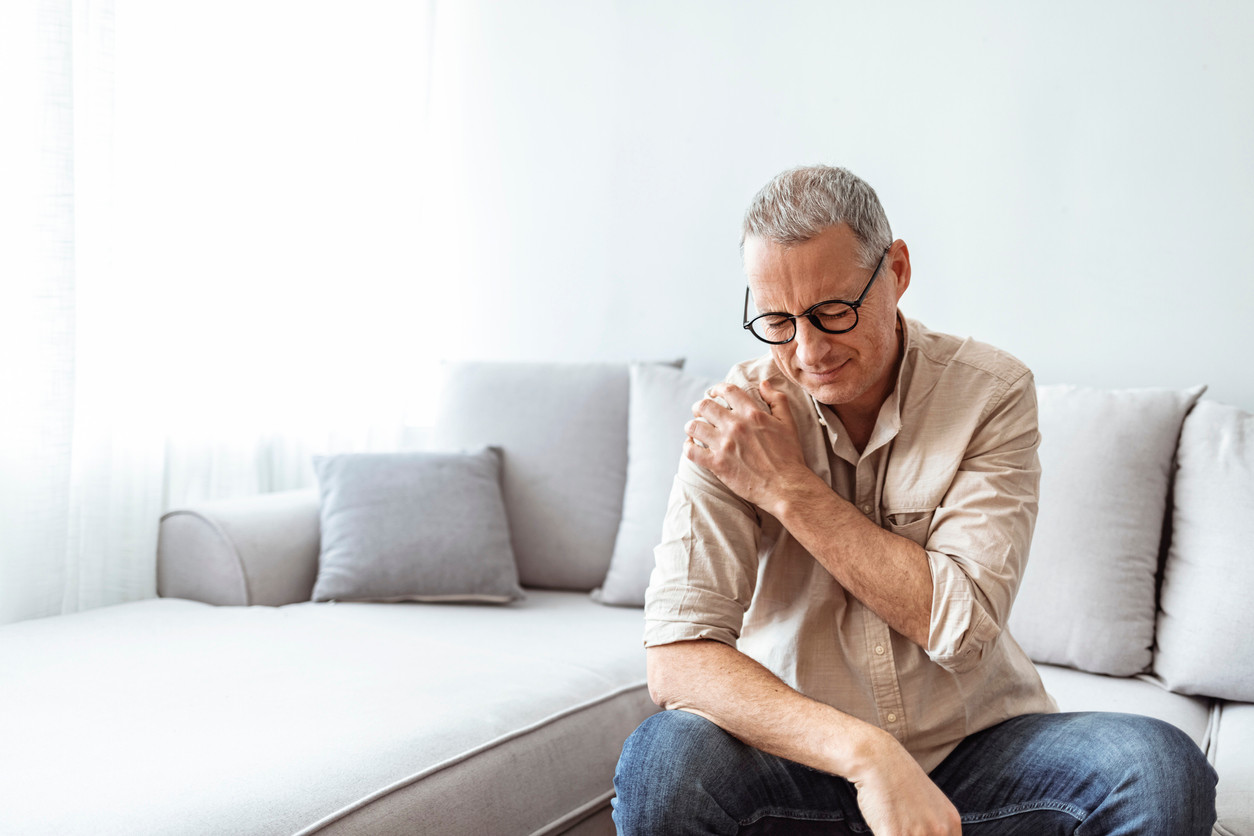Shoulder bursitis treatment: tips and exercises for pain and mobility
Discover effective shoulder bursitis treatment options, including exercises from physical therapists to relieve pain and improve mobility.
0 $ pour vous
Date de publication : Aug 23, 2024
Table des matières
Fully covered arm or shoulder pain relief
Find relief from arm pain, shoulder pain, pinched nerves, & more.
Check if I'm eligible